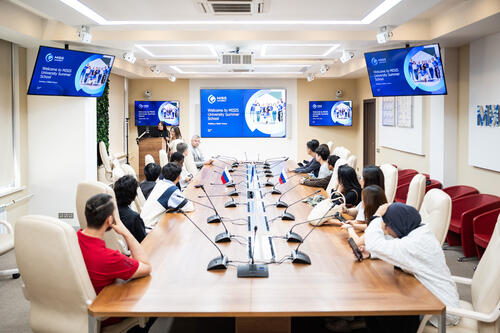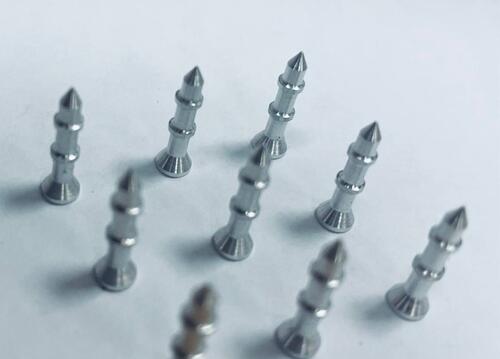NUST MISIS scientists have created AI-based software to help diagnose and plan the treatment of common dentoalveolar anomalies. The software is compatible with almost any personal computer. The study was published in Proceedings of ITNT 2021 — 7th IEEE International Conference on Information Technology and Nanotechnology.
Dentoalveolar anomalies are major main dental diseases that include jaw size anomalies, anomalies in the position of the jaws in the skull, anomalies in the ratio of dental arches, anomalies in the shape and size of dental arches, anomalies of individual teeth etc. They can cause aesthetic or functional problems, i.e. face asymmetry, infections and tooth wear.
The main research method in orthodontics for the diagnosis of anomalies and treatment planning is the cephalometric analysis of teleradiographic images. This analysis is a laborious and time-consuming research method that requires the proper experience and qualifications of a doctor.
A research team from NUST MISIS, Samara State Medical University and IPSI RAS have developed a software package based on the use of algorithms using convolutional neural networks to streamline the diagnostic process and avoid misdiagnosis of common dentoalveolar anomalies. It helps doctors quickly and accurately decrypt teleradiographic images and reduce the number of medical errors.
“The software is compatible with Windows 7,8 and 10. The package only takes about 110 MB on your hard drive, and the average speed of program execution ranges from 1 to 3 seconds on the user’s personal computer,” says Konstantin Dobratulin, Informatics and Computer Technology Master’s student at NUST MISIS, one of the authors of the study.
The image analysis process takes place in several steps. First, the healthcare professional uploads the patient’s teleradiography image into the software, then the neural network analyzes the image. The results are extracted in the form of matrix representations. Further, the obtained results are presented in a form understandable to the end-user.
The software package could be integrated with existing systems used in the medical industry, the scientists say.





